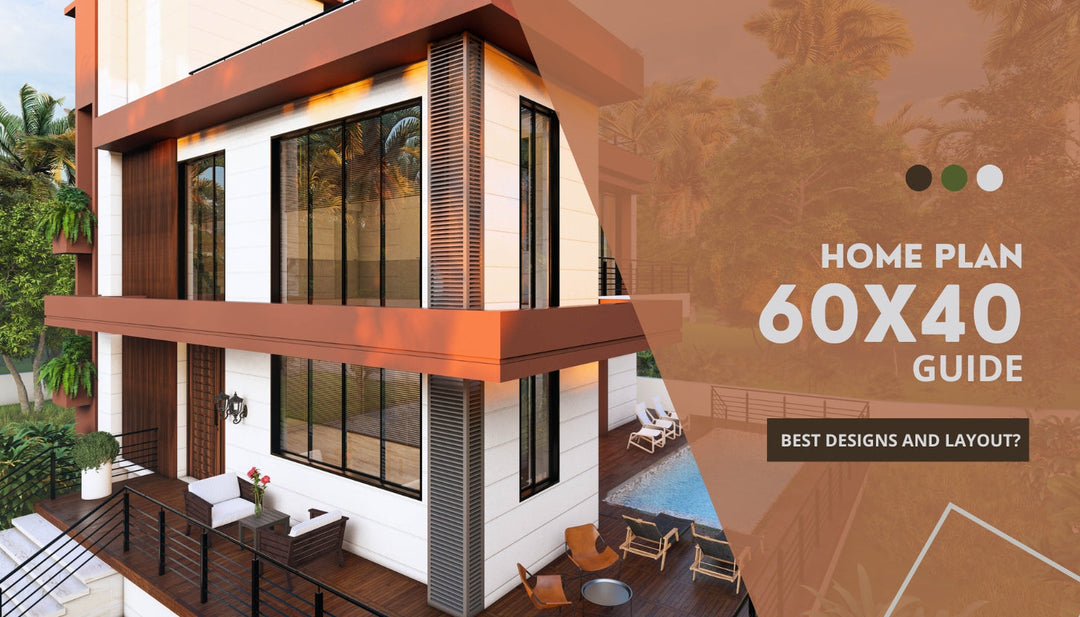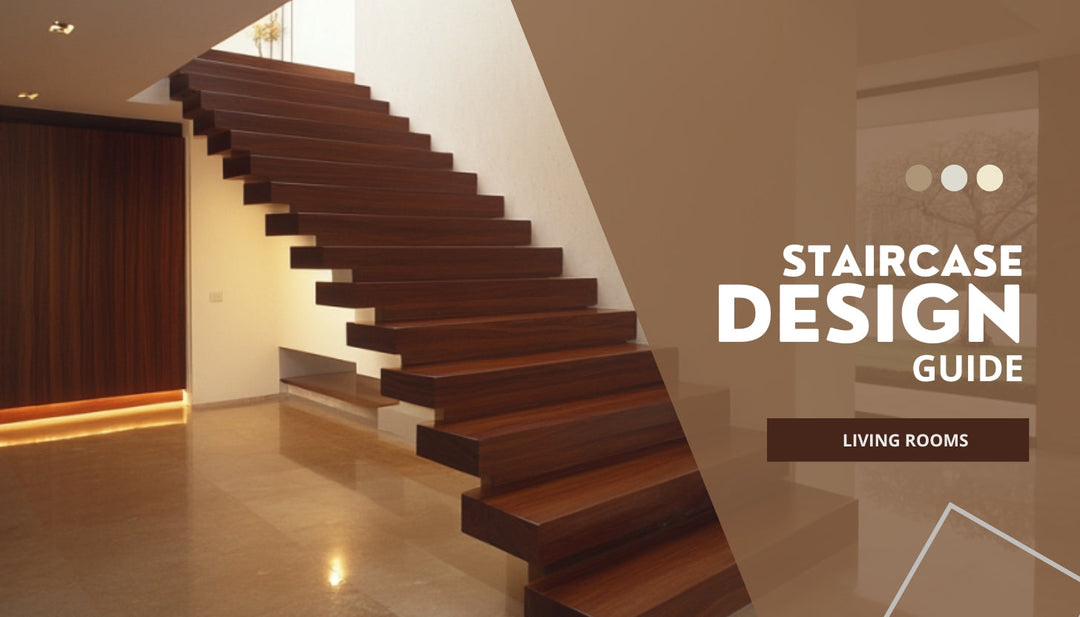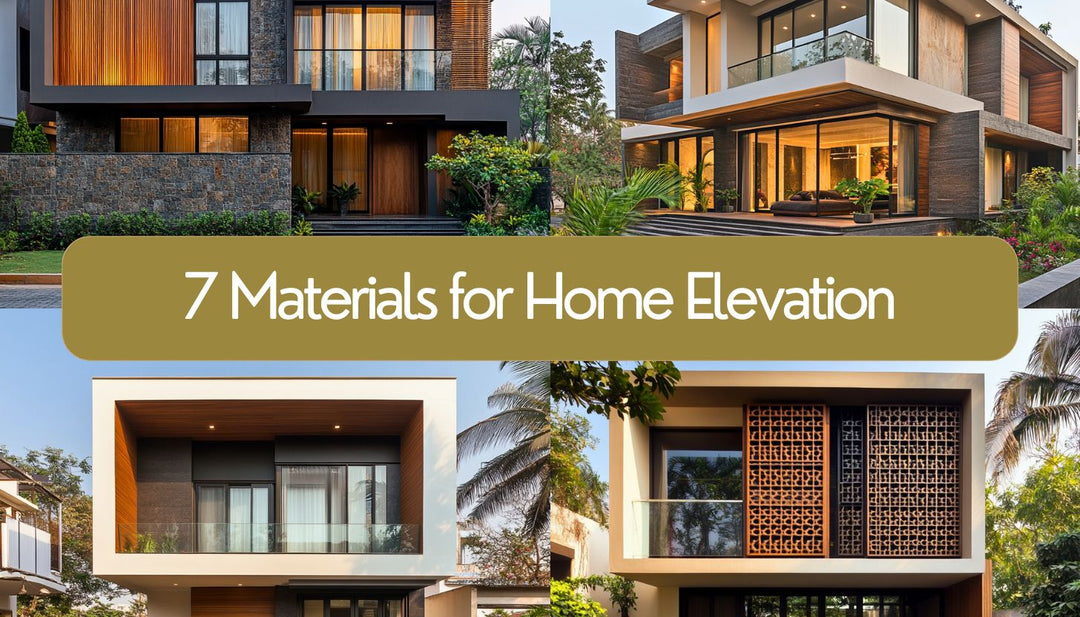Home Automation: Using Technology to Make Everyday Tasks Easier and More Convenient
Are you tired of coming home to a dark and cold house after a long day at work? Are you worried about the safety of your home when you're away? Have you ever thought about how much energy and money you could save if you had better control over your home's systems and appliances? If so, then you're not alone. In recent years, home automation has become increasingly popular in India and around the world, and for good reason.
Home automation refers to the use of technology to control and automate various systems and devices in a home, making everyday tasks more convenient and efficient. With the integration of smart technology, architects and designers have the ability to create homes that are not only beautiful and functional, but also energy-efficient and sustainable. From controlling lighting and temperature to monitoring security and surveillance, home automation can make your life a whole lot easier.
The home automation market is growing rapidly and new systems and devices are being introduced regularly. From smart lighting and thermostat control to smart security and surveillance, architects and designers have a wide range of options to choose from. Additionally, with the integration of voice assistants such as Amazon Alexa and Google Home, home automation has become more accessible and user-friendly.
Can smart lighting control change the way we light our homes and save energy at the same time?
Smart lighting control has the potential to revolutionize the way we light our homes. By integrating lighting control into home automation systems, homeowners have the ability to control and schedule lighting from their smartphones or voice assistants. This not only provides convenience but also helps to save energy. With features such as automatic dimming and scheduling, smart lighting control can significantly reduce energy consumption and costs. Additionally, architects and designers can use smart lighting control to create unique and dynamic lighting designs that enhance the overall aesthetic of the home.
How does smart thermostat control play a role in sustainable home design?
Smart thermostat control allows homeowners to control and schedule the temperature of their homes from their smartphones or voice assistants. This not only provides convenience but also helps to save energy. By using smart thermostat control, homeowners can set their thermostat to automatically adjust to their schedule and preferences, and reduce energy consumption when they are away from home. This can lead to significant energy savings and cost benefits. Additionally, architects and designers can use smart thermostat control to create sustainable home designs that are energy-efficient and environmentally friendly.
Can smart security and surveillance systems enhance both safety and privacy in home design?
Smart security and surveillance systems can enhance the safety and privacy of a home in a number of ways. These systems can include features such as motion detection, door and window sensors, and cameras that can be accessed and controlled remotely. This allows homeowners to monitor their homes and receive alerts in case of any suspicious activity. Additionally, with the integration of smart locks, homeowners can control access to their homes remotely, providing an added layer of security. Architects and designers can use smart security and surveillance systems to create homes that are safe and secure, while also maintaining privacy.
How can smart appliances and home entertainment be seamlessly integrated into home design for functionality and aesthetics?
Smart appliances and home entertainment systems can be seamlessly integrated into home design for both functionality and aesthetics. These systems can include features such as voice control, remote access, and automatic scheduling. This allows homeowners to control their appliances and entertainment systems with ease, and provides convenience and efficiency. Additionally, architects and designers can use smart appliances and home entertainment systems to create unique and functional home designs that enhance the overall aesthetic of the home.
Is integration with voice assistants like Amazon Alexa and Google Home the future of home design?
Integration with voice assistants like Amazon Alexa and Google Home is becoming increasingly popular in home automation. These voice assistants allow homeowners to control their home automation systems with voice commands, providing convenience and accessibility. Additionally, with the integration of voice assistants, homeowners can control their homes hands-free, which can be especially useful for people with disabilities or mobility issues. Architects and designers can use voice assistants to create homes that are more user-friendly and accessible, which is likely to be more popular in the future.
Can home automation lead to significant energy savings and cost benefits?
Home automation can lead to significant energy savings and cost benefits by providing homeowners with more control over their energy usage. By using smart lighting and thermostat control, homeowners can reduce energy consumption when they are away from home, and schedule their energy usage to align with their preferences and schedule. Additionally, by using smart appliances and home entertainment systems, homeowners can reduce standby power consumption, which can lead to additional energy savings. Architects and designers can use home automation to create sustainable and energy-efficient home designs that save homeowners money on their energy bills.
What are the tips architects and designers should consider when incorporating home automation into their designs?
When incorporating home automation into their designs, architects and designers should consider the following tips:
- Understand the client's needs and preferences for home automation
- Research the latest systems and devices available in the market
- Consider the cost-benefit of incorporating home automation
- Plan for the integration of home automation into the overall design of the home
- Consider the potential energy savings and cost benefits that can be achieved through home automation
- Ensure that the home automation systems and devices are user-friendly and easy to use
- Consider the integration of voice assistants like Amazon Alexa and Google Home
- Plan for the scalability and future upgrades of the home automation system
What advancements in home automation technology can we expect in the future and how will they impact home design?
In the future, we can expect to see advancements in home automation technology that will provide even more convenience, energy-efficiency, and sustainability. Some of the advancements that we can expect to see include:
- Advancements in artificial intelligence and machine learning, which will allow home automation systems to become more intelligent and adapt to homeowners' preferences and behaviors
- Greater integration of smart home technology with other systems in the home such as HVAC and appliances
- More sophisticated security and surveillance systems that can detect and respond to potential threats
- Greater integration of virtual and augmented reality in home automation, which will allow homeowners to visualize and control their homes in new ways
- Advancements in energy storage and management, which will allow homeowners to better manage and store their energy usage.
Overall, home automation is a game-changer when it comes to modern home design. It provides homeowners with convenience, energy-efficiency, and sustainability, and gives architects and designers the opportunity to create homes that are truly of the future. So, if you're looking to upgrade your home, consider incorporating home automation into your design. You'll be glad you did.








Leave a comment